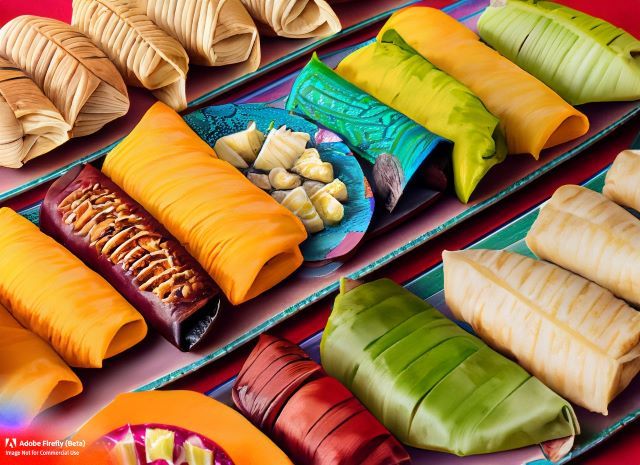Tamales: Unwrapping Mexico's Tastiest Secrets One Leaf at a Time
Discover the rich history and cultural significance of tamales, Mexico's culinary treasure. Explore the diverse regional varieties and learn about the perfect pairing with atole in this captivating journey through flavors and traditions.





